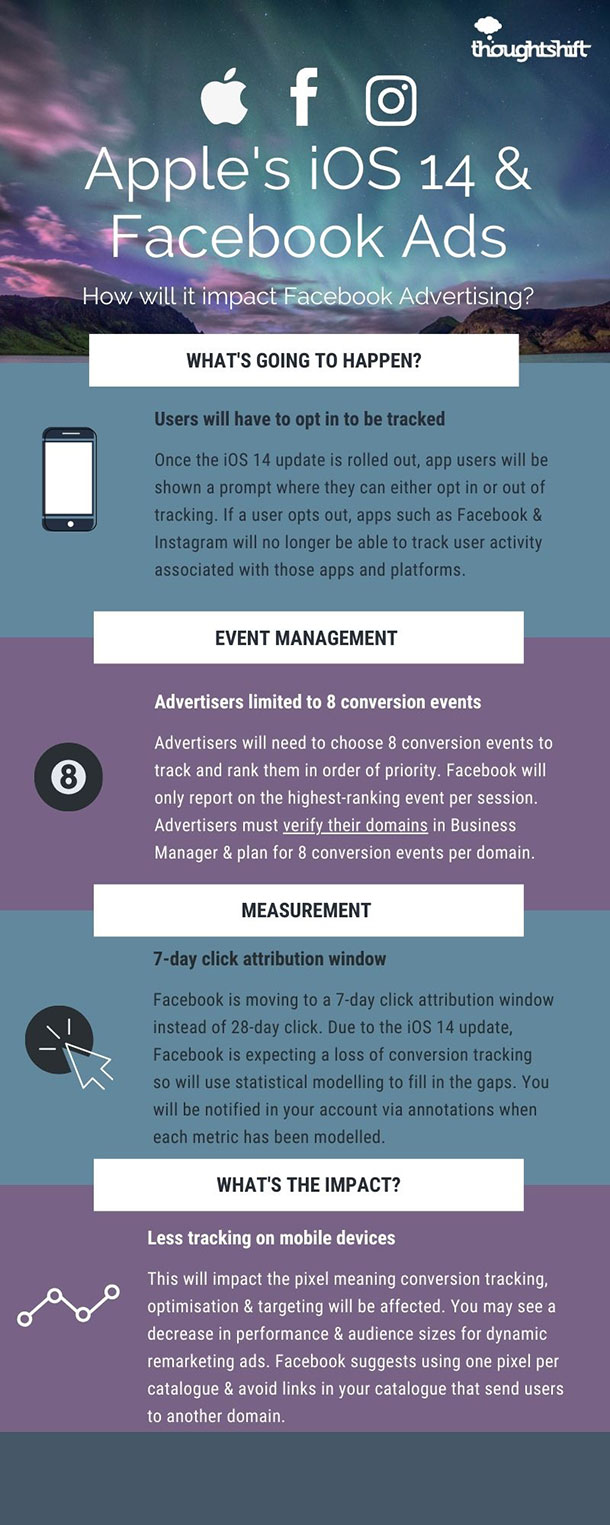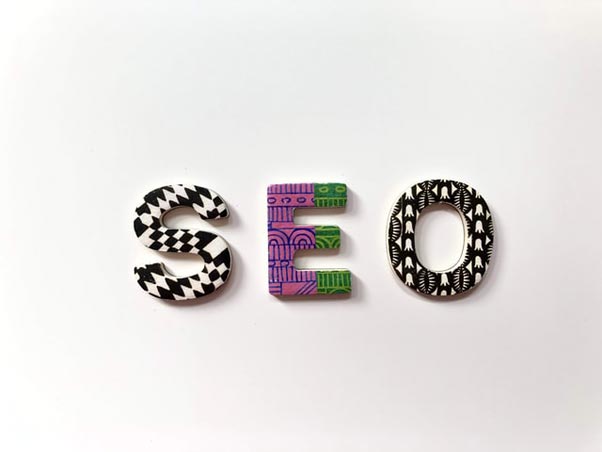

A Frequently Asked Question (FAQ) page is an important part of any fashion eCommerce website for a multitude of reasons. (By the way, when we refer to a “fashion” webstore, we’re really including anything a consumer might put on their body, including clothes, shoes, jewelry and other accessories. These techniques apply to all of these.) Beyond addressing common customer queries, a well-written FAQ page will have a positive effect on your Search Engine Optimization (SEO) results, while making your web store more searchable. It can also reduce some of the burden on your customer service employees and be a proactive way to prevent customer complaints, by spelling out everything your shoppers need to know. A great FAQ page can even make your brand come across as more transparent and trustworthy, as it can help you share your knowledge and expertise in the industry.
Each brand needs to use their judgement as to what is appropriate for them and their customer, but there are common topics and tactics when it comes to fashion brands’ FAQ pages.
Here are some tips for how to create your fashion eCommerce website’s FAQ page, followed by a list of common questions it should include, and some key takeaways.
Reinforce your brand
Often the FAQ page is seen as a place to simply share questions and answers, but it’s also an excellent place to reinforce the brand story or mission that you’ve established on your homepage and About page. Shoppers click on your brand’s FAQ page because they have specific questions about your brand or the products or services you provide. A good FAQ page will help them get to know and understand your brand better.
For example, sustainable fashion brand Vetta’s core brand offering is a capsule collection, which allows shoppers to get 30 outfits out of five dynamic pieces. They answer the question “Can the five pieces really make 30 outfits?” to alleviate any customer concerns about the veracity of this claim. Similarly, outdoor brand North Face includes questions about their Company Background on the meaning behind their name and what their logo represents, to reinforce their brand’s narrative.
Categorize your Q&A
Brands that want to cover many questions and answers on their FAQ page might want to consider implementing a FAQ database so that topics can be easily searched and categorized. Adding drop-down folders and/or a search bar also makes for easier navigation. Search bars tend to be favored by larger brands that are asked many varied questions, but most fashion brands will find a handful of categories sufficient for their needs. Footwear retailer Zappos is one such example: they divide their FAQ into sections including “Returns”, “Shoes/Brands,” and “Payment Information.” They also include broader categories like “Across the Board,” which encompasses fabric care, gift cards and more.
Another large fashion retailer that does this is Levi’s, who combine their FAQ and Help information on one page with sections dividing common queries about accounts, orders and shipping. They also don’t format their FAQ as questions, even though the page is labelled as such. Instead they position the queries as statements, with headings and body copy. Either questions and answers or statements work, depending on the tone your brand wants to convey.
Showcase your expertise
Your FAQ page is also a great opportunity to boast about your unique materials, products, design techniques and other innovations. You can go into more detail here than on a product page, where minimal copy is key.
Sustainable brand Christy Dawn showcases their unique offering well on their FAQ page, explaining how their use of deadstock fabrics contributes to the differing sizes of their products, and why some of their items that are dyed with plant-based pigments can bleed dye when they’re washed. In their trademark friendly, down-to-earth language, they gently reinforce the special care that some of their items require due to these idiosyncrasies, which are also outlined on the individual product pages for full transparency.
Make it SEO friendly
The importance of clarity in your FAQ page cannot be overstated, as this is a crucial page for your brand in terms of SEO. So while you are taking pains to continue to speak in your brand’s language and sing all of its fine, unique qualities, you also need to ensure there is straightforward, simple information on the page that will answer your customers’ common queries.
Remember, it’s not just humans that are finding and reading your FAQs. With the rise of voice search and AI-driven personal assistants, many people are finding your FAQs with the help of artificial intelligence. So be sure to share your information in simple terms that can be easily parsed, and link to other pages on your website where applicable.
Have fun with it
While your FAQ page does need to be clear enough to be parsed by search engines, it shouldn’t be so simple that it loses all personality. Your FAQ needs to reflect your brand and its voice, so be sure that everything you write here is given the same attention to detail in terms of tone, even if you are basing it off of the mostly generic list below.
Youthful online retailer Dolls Kill includes questions about things like fees and student discounts in the same witty, rebellious tone of voice that you see all over their website and social media. For example, they start the answer to the question “Can I work or intern at Dolls Kill?” with another question: “Are you a bad ass?” Before getting into more practical issues of location and qualifications, and linking to their careers page.
Where to start
We’ve provided a number of specific suggestions and IRL examples of best practice FAQ page tactics, but you still may be asking: “where do I start on an FAQ page project”. Well here are some common questions to include in your FAQ page:
- What are your shipping options?
- What is your return policy?
- Where is my order?
- Can I change my order after it’s been placed?
- How do I know what size to order?
- What do I do if I receive a defective order?
- Where are you based?
- Who started this brand?
- Is this brand sustainable?
- Where do your materials come from?
- How can I contact you?
- Can I work for you?
Get these developed for your site and you’ll likely think of a few others that are specific to your business.
Key takeaways:
These days many fashion retailers are selling face masks for shoppers to wear to help stop the spread of COVID. It should be noted that no medical or legal claims should be made in your FAQs unless they have been shared or expressed by professionals from these fields. Link to any reputable sources where appropriate.
It’s impossible to answer every person’s potential question, so provide a link or means to contact you or your team with any questions that are not listed on your FAQ page. This could come in the form of a message form on the page, listed contact information, or a link to a separate contact page.
As your brand, the industry and the world evolves, so should your FAQ page. It may be helpful to keep note of customer queries as they come in through your various communication channels, and take time to regularly assess and add to your FAQ page to keep it relevant. An up-to-date FAQ page is essential to ensuring your customers remain satisfied and consistent shoppers with your brand.
For help with FAQ’s or any other site maintenance or optimization efforts, please feel free to reach out to us via our contact form.
Get in Touch
Connect with one of our experts today to discuss your eCommerce needs!
Contact Us








